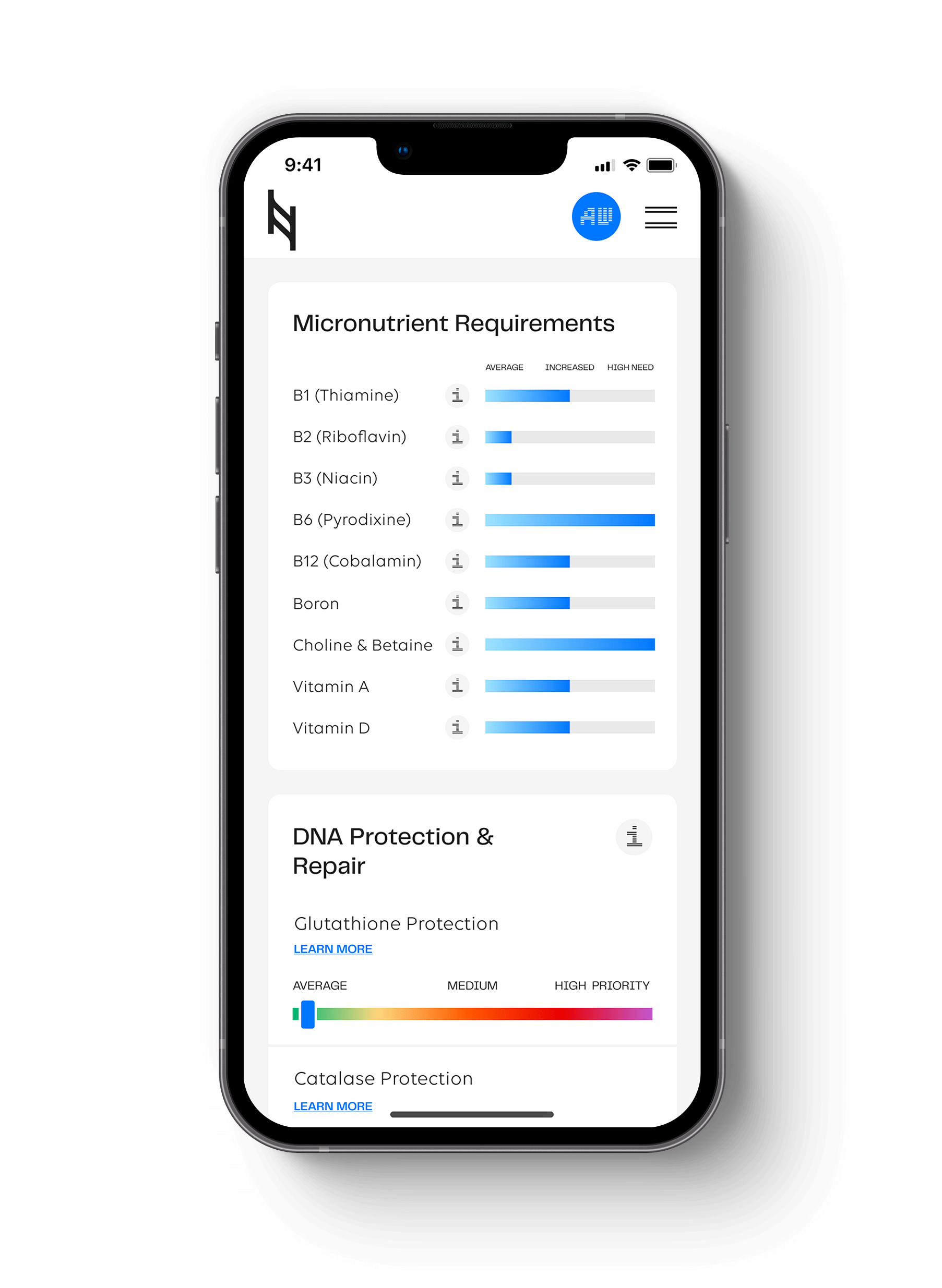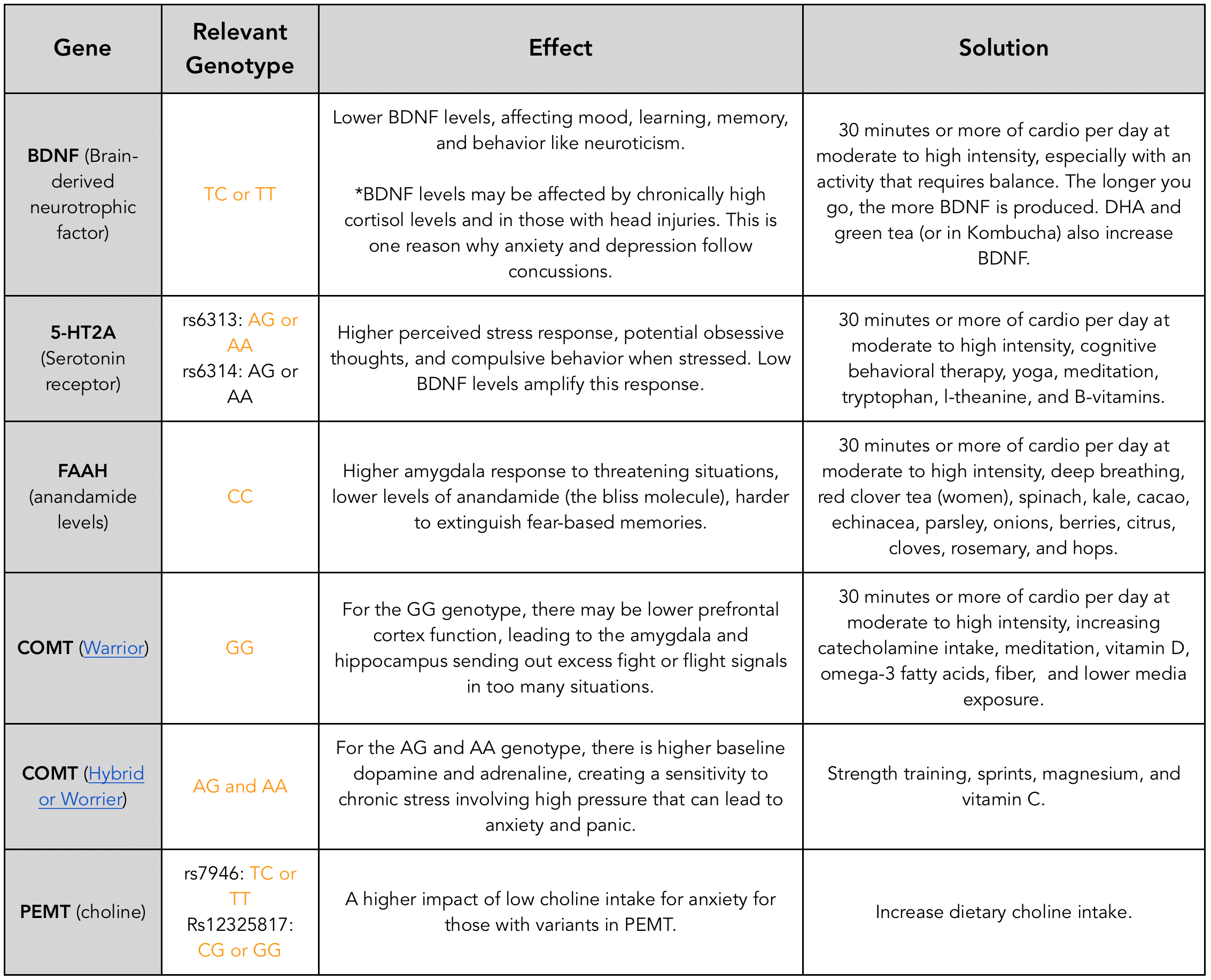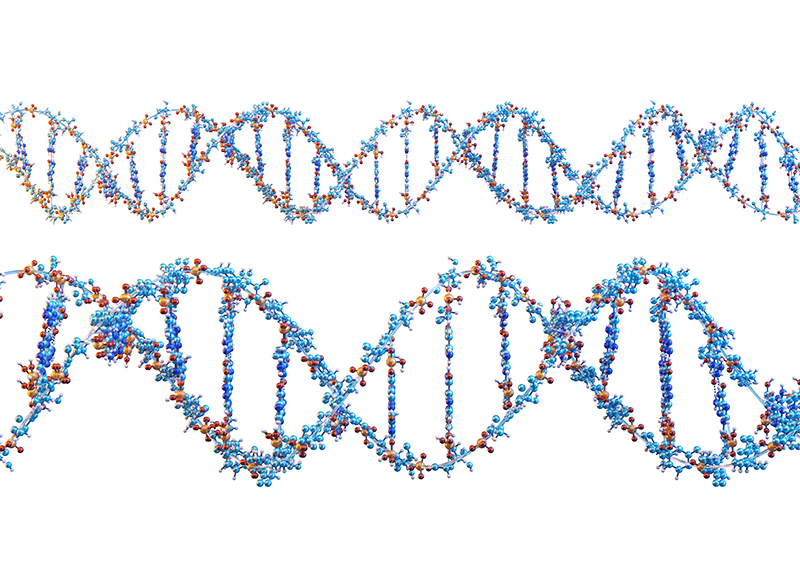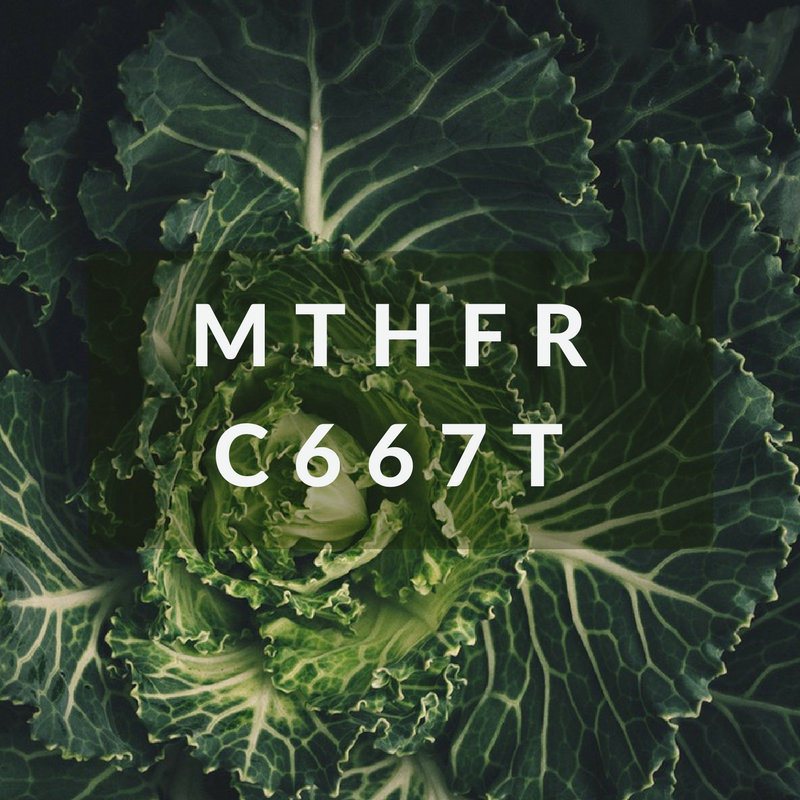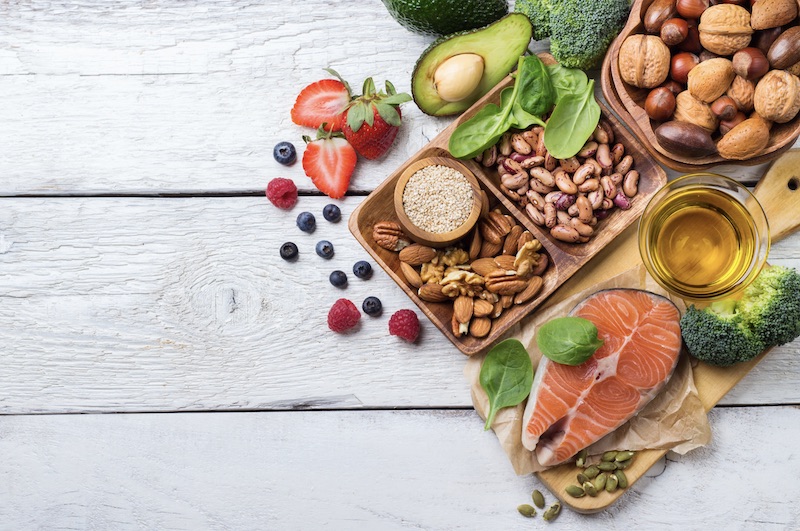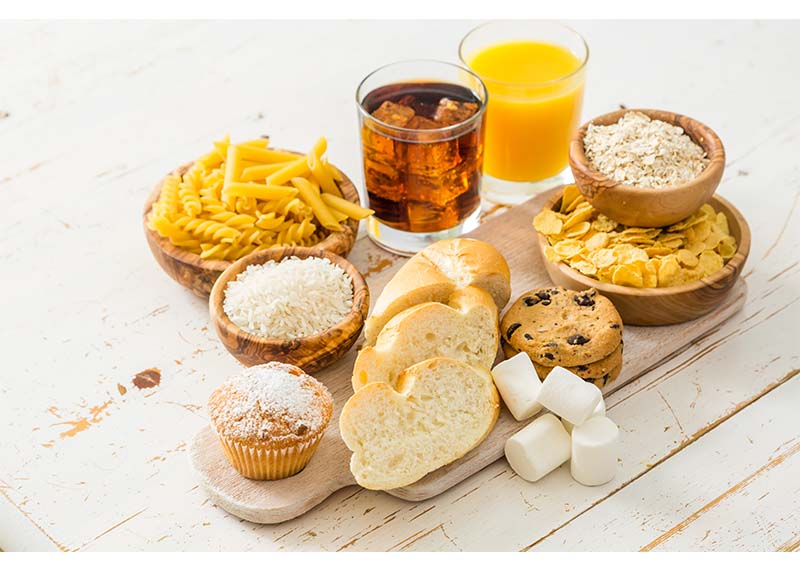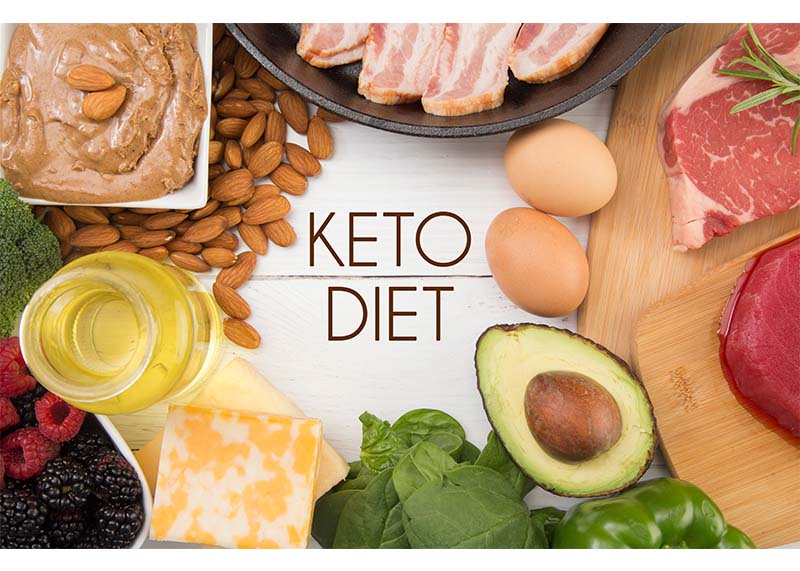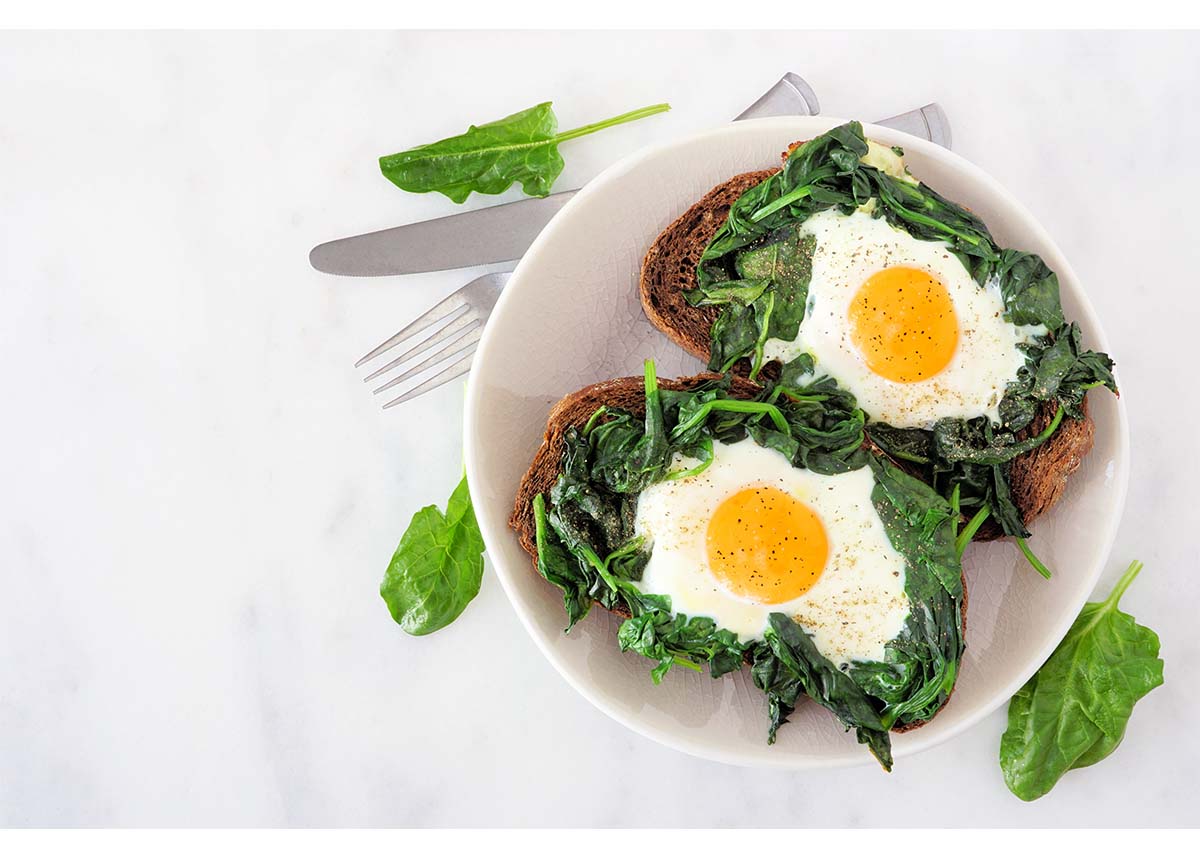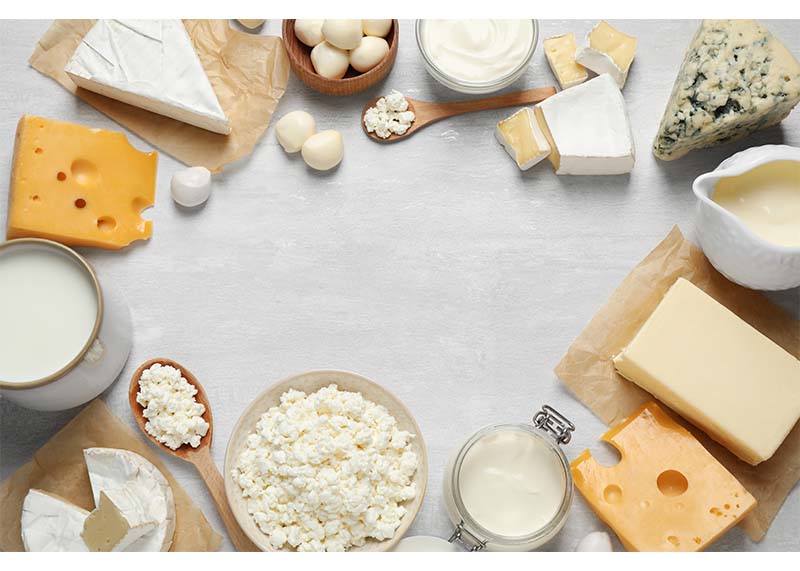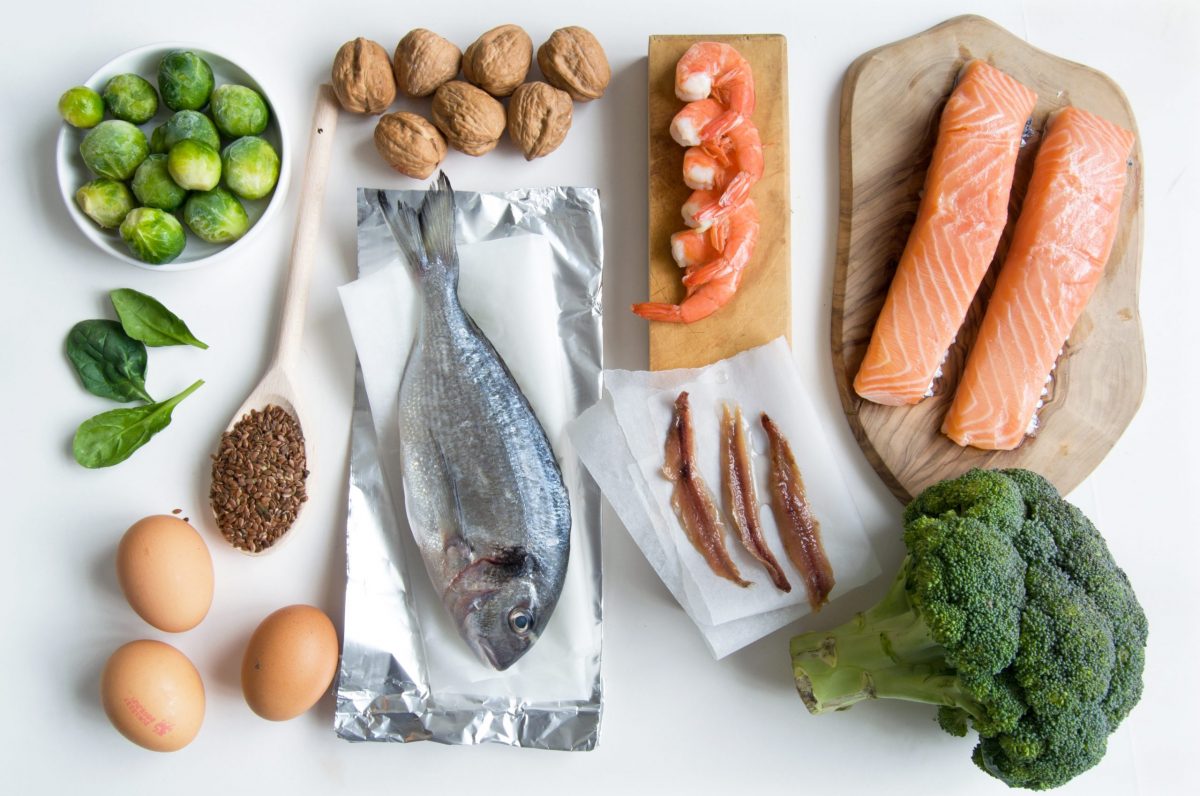For the last year, the world’s focus has been on COVID-19 and protecting each other from infection. While this will continue to be our focus, so will the mental health repercussions of lockdown and isolation for people around the globe.
Anxiety levels have been at an all-time high. It is staggering just how many situations in 2020 invoked feelings of fear, panic, and anxiety. The pandemic has forced isolation and social restrictions that tear at the fabric that connects all of us as humans. We are social creatures, and our brains and bodies light up with positive hormones simply by being around each other. In fact, when mice are isolated for research, their brain shrinks.
How this past year has affected your anxiety levels may have both a genetic and epigenetic explanation. Genetically, you may be more prone to higher perceived stress and a stronger fear response that holds onto these memories. Epigenetically, your past experiences with fear, your current home life, career stability, and support system (or lack of) either lowered your anxiety or made it worse.
In this article, we want to empower you with the tools needed to change the expression of your anxiety genes, even if you are more prone to a higher anxiety and fear response. We will show you solutions that can help you rewire your brain and create new branches and pathways for resilience so you can forge ahead with confidence.
A Quick Refresher on Your Brain
There are a few, key components of your brain to first understand when learning how anxiety and panic attacks can occur.
Prefrontal Cortex: The executive boss of the brain, organizing mental and physical activity through planning, judging, predicting, and working memory.
Amygdala: The alarm and security system of the brain, telling the prefrontal cortex when there is danger, whether real or false. The amygdala records fear events as memories, which can build up over time.
Hippocampus: The hippocampus keeps all the memory files and chart connections, which are sent to the prefrontal cortex for processing. It organizes when a fear memory is useful or not from the amygdala, being the first step towards releasing a fight or flight response.
The hippocampus can become overwhelmed when the amygdala keeps piling new fear files on the desk. Due to a high level of cortisol receptors, chronic stress overwhelms the hippocampus and leads to learning difficulties and memory degeneration.
Exercise and Medications
Genetically, we are wired to exercise. A lot, actually. Our Paleolithic ancestors walked an estimated 5-10 miles a day, as well as climbed, sprinted, lifted heavy objects, utilized free diving with long breath holds underwater for seafood, and more.
You may have heard that exercise primes the brain for increased learning and memory, as seen in studies with students who exercise before school. This is also from our hunter-gatherer’s brain, lighting up the brain to remember where food was found after walking or running to find it. The APOE-e4 carriers – representing more hunter-gatherer ancestry – are especially sensitive to a sedentary lifestyle that causes the learning and memory centers of the brain to deteriorate.
While anxiety and antidepressant drugs typically target 1-2 neurotransmitters, which is why two are often used together, exercise targets all of the neurotransmitters based on the type and intensity. According to Dr. John J. Ratey, “drugs work faster but are less effective in the long-term. Exercise works slower, but works better in the long-term.”
Your Brain on Exercise
What is happening in the brain with PTSD, anxiety, panic, intrusive thoughts, excessive worrying, or rumination? The explanation is that your brain is experiencing a combination of the prefrontal cortex losing executive function and control, your amygdala flooding the prefrontal cortex and hippocampus with alarms, and your hippocampus surging with high glutamate, low GABA, and sending your body into fight or flight. The result? Unwanted thoughts running wild.
Physical activity boosts dopamine and serotonin to get the prefrontal cortex back online to reprogram a malfunctioning amygdala, burns excess glutamate as fuel, increases BDNF which modulates glutamate (excitatory, obsessive), and increases GABA (calming) in the hippocampus. This stops the negative thought pathways in their tracks and creates new, positive pathways that continue to build and branch.
High-intensity exercise has been shown to be the most effective with anxiety because the increased heart rate and breathing during exercise rewire the brain that this physical response does not lead to an anxiety attack.
Carbon Dioxide Levels, Anxiety and Panic Attacks
Do you know why breathing into a paper bag helps prevent panic attacks? The reason has to do with carbon dioxide, not oxygen.
Researchers in the past believed that there is one central location in the brain for the fear response with the amygdala. However, there is another location for panic at the base of the brainstem with neurons called chemoreceptors.
When we can’t get a breath and feel like we are going to suffocate, the panic feeling comes from elevated carbon dioxide levels and the chemoreceptors signaling the brain to increase breathing to lower carbon dioxide levels. On the flip side, when we start taking quick shallow breaths – which happens with anxiety and can build to a panic attack – the chemoreceptors send the panic signal to slow down breathing to increase carbon dioxide levels.
The training of the chemoreceptors to not respond with panic is what allows elite athletes to free dive and hold their breath underwater for up to 11 minutes, or summit Everest without supplemental oxygen. You don’t have to be an elite athlete to train your chemoreceptors. Everyone has the ability to train their chemoreceptors to stop responding in panic.
This is perhaps why the Wim Hof method of deep breathing and breath holds have yielded such profound results. It helps train the chemoreceptors to become more flexible to alternating carbon dioxide levels and not send panic signals to your brain.
The Genetics of Anxiety and Panic Attacks
The Nutrition Genome Report can help you understand which neurotransmitters and pathways may need the most attention for lowering anxiety and panic. This helps you narrow down and target the most effective strategies for your neurochemistry.
The following is a cheat sheet for you to check your results. To do a quick scan of your genotypes, use the Download Gene List feature on your dashboard.
Summary
- Review your results in the Nutrition Genome Report to understand your brain on a deeper level if you suffer from anxiety or panic attacks.
- Start a fitness regime that works for you and your schedule so that you can be consistent. For anxiety, 30 minutes or more daily of moderate to intense cardiovascular exercise is the most effective. A BDNF bonus includes skill-based activities that challenge balance like climbing, dancing, tennis, martial arts, surfing, skiing, skating, vinyasa yoga, and others.
- Incorporate a breathing exercise program that trains your chemoreceptors to stop the panic cycle.
- Include foods that contain certain vitamins, minerals, and compounds based on your genetic results to support positive pathways.
Other Sources
- Breath: The New Science of a Lost Art by James Nestor
- Spark: The Revolutionary New Science of Exercise and the Brain by John J. Ratey, MD.
- Functional anatomy of 5-HT2A receptors in the amygdala and hippocampal complex: relevance to memory functions
Hit your health goals faster
We'll help you remove the guesswork
Experience the most advanced nutrigenomic test available, covering 100 clinically relevant genes for a "whole body" analysis. Take control of your health today.
$359
